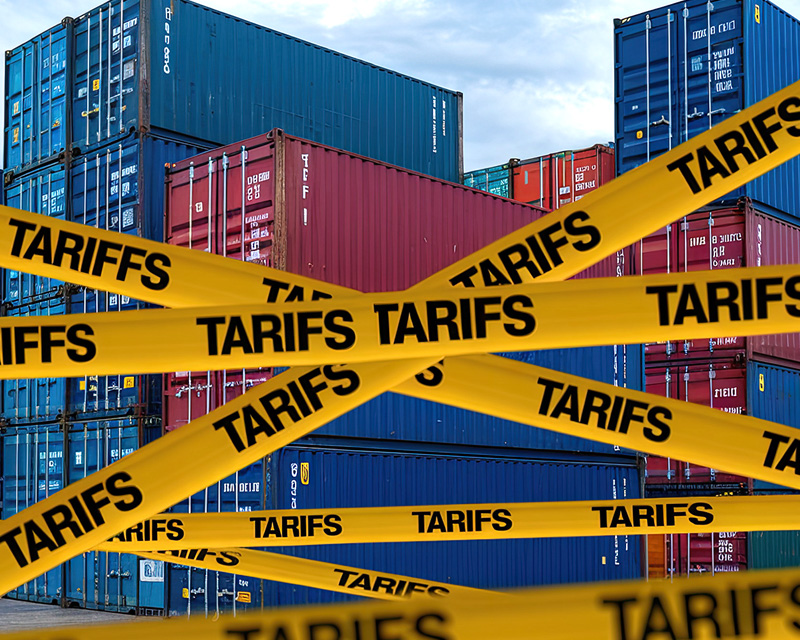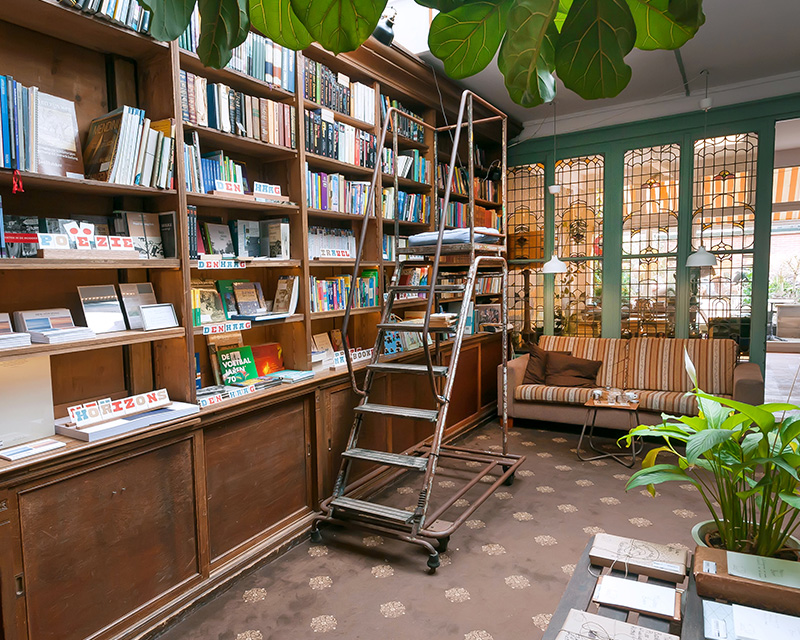The Resurgence of Independent Bookstores
Independent bookstores are experiencing a renaissance. After years of industry challenges—including the rise of online retail giants and the closures of brick-and-mortar stores—indie bookstores are on the rise again. According to the American Booksellers Association (ABA), the number of independent bookstores in the U.S. has grown steadily over the last decade, with a significant uptick post-pandemic as communities prioritize local, personalized shopping experiences.
Why the comeback? It’s about more than just books. Independent bookstores have positioned themselves as essential cultural and community anchors. They offer a blend of personalization, community, and curated experience that online retailers simply cannot replicate.
Community-Focused Book Selling
Indie bookstores serve as gathering places for like-minded readers, writers, and thinkers. In a world where everything feels increasingly virtual, people crave real-world spaces with meaningful engagement. Local bookstores answer that call.
Many bookstores now offer more than just retail—they host author events, book clubs, storytelling hours, and community fundraisers. By fostering relationships beyond the cash register, they’ve become indispensable to the social fabric of neighborhoods.
Curation is King
One of the most powerful differentiators for independent bookstores is curation. While algorithmic recommendations from online retailers are convenient, they’re no substitute for a bookseller who understands the nuances of literature and their local readers’ tastes.
Indie bookstore staff often hand-select titles and offer shelf talkers (small handwritten signs explaining why a book is recommended), which have become a beloved staple for loyal customers. The result? Readers often leave with books they didn’t know they needed—books that resonate more deeply.
The Rise of Pop-Ups and Book Trucks
In addition to brick-and-mortar stores, a new wave of entrepreneurial spirit is giving rise to pop-up bookstores and mobile book trucks. These models bring books directly to readers, especially in areas underserved by traditional stores.
Book trucks operate similarly to food trucks but are filled with stories instead of snacks. They can be seen at farmers markets, street festivals, school events, and rural town centers. Pop-ups in coffee shops, art galleries, and vacant storefronts also allow booksellers to test new markets or collaborate with other local businesses.
These portable formats aren’t just practical—they’re powerful branding tools. They capture attention, generate local buzz, and allow bookstores to meet readers where they are.
Technology Meets Tradition
While independent bookstores thrive on community, many are also embracing digital tools. Social media, email newsletters, and ecommerce platforms like Bookshop.org allow small stores to amplify their voice and reach new customers nationwide.
It’s no longer a question of “local or online”—many successful indies do both.
What This Means for Publishers and Wholesalers
For publishers and wholesalers like Bookazine, the resurgence of independent bookstores and the growth of mobile retail present exciting opportunities. These stores often require unique inventory strategies, favoring diverse, curated titles over mass-market hits. They also support new authors, niche genres, and small presses—creating a vibrant ecosystem of literary discovery.
By understanding the values that drive indie success—curation, community, and authenticity—wholesalers can tailor offerings to better serve this vital and growing segment.











